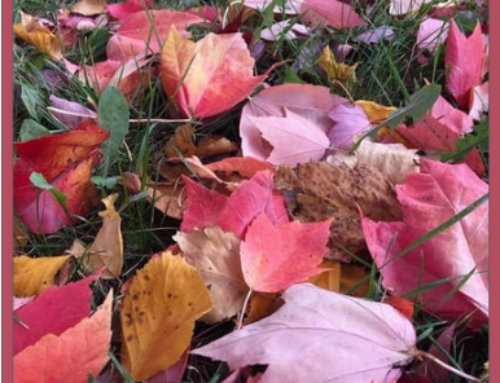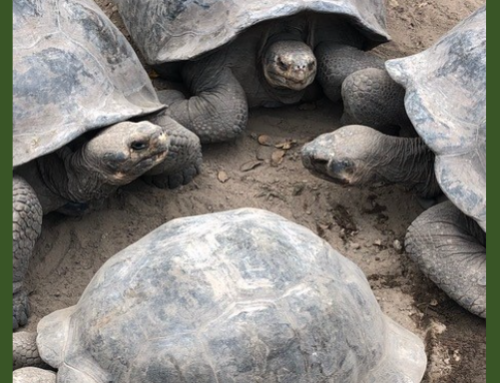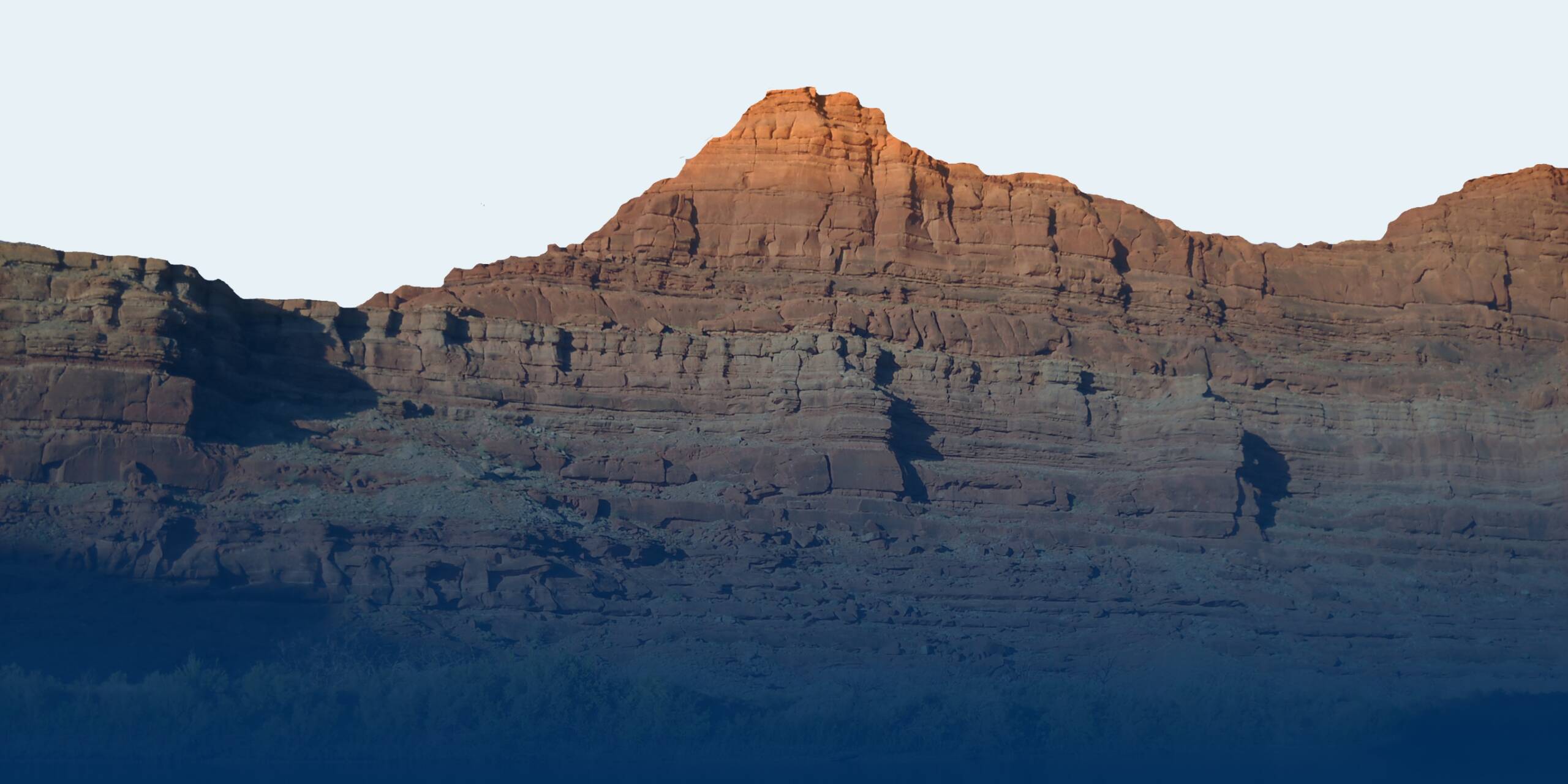Everyone has rough edges right now. Soft edges have met friction until the slightest of dissonance causes hot reactions. How do you lead in times like this? When resilience is at a premium and there is a constant hum of uncertainty and exhaustion.
Man, there are no easy answers to this one. It is the predicament of our times. Our collective nervous systems are on high alert. Tuned, from all too frequent activation, to react rather than respond.
So how do we take a breath, find our center, and tend to those areas in our lives that are within our control? Some days that list feels frightfully short. But we do still get to make some choices, even in this unsettled atmosphere.
Don’t worry, this is not an article that will nag you about how much sleep you are getting, what you are eating, or your level of fitness. You already know these things. And yes, tending to them helps. The nagging—external or internal—does not.
This is also not an article about mindfulness, though again…enough said.
Rather, let’s explore the idea that a healthy leader has healthy interactions. Because when we are amped up, fed up, or just over it, the odds are very low that we will be able to listen or inspire or even understand what a colleague or employee is trying to say.
And right now as leaders, we really need to be present to our teams. Google the words “mental health of employees” and you’ll find a treasure trove of articles and studies about warning signs and the huge percentage of workers experiencing anxiety and other mental health issues right now.
Again, what, really, can we influence? ‘A healthy leader has healthy interactions.’ That is my mantra these days. It’s how I answer the part of me that insists that when I take a break, I am wasting time. It’s how I remember to pause, to quiet myself before talking with a client or colleague.
I have plenty of evidence of when I haven’t done that. When I’ve raced into a conversation still carrying the heat from something prior that got under my skin. It just doesn’t go well. We can work through it. Friction is bound to happen. But it would be nice to be less of a contributor to the fray.
How? By re-wilding: that beautiful approach in conservation of returning an area to its natural state. Re-introducing plants or animal species that have been pushed back or eliminated, often for farming or other human endeavors. We humans, too, are in desperate need of re-wilding. Sifting through the layers. Identifying where each of us needs to return to our natural, uncultivated state.
We are way past a time when acting like a leader is going to work. We need to be leaders, each of us in our own unique way. Being fully ourselves and leaning into the true, natural, messy, beautiful people that we are. And leading from there. Tending to our own mental health along the way, in part so that we can be attentive to others.
Re-wilding. When we get tipped over–which, let’s agree is going to happen pretty often these days—we identify what knocked us out of our Wild rhythm, and gently guide ourselves back. That might well take the form of movement or stillness, of eating well or sleeping more. Or maybe it’s talking with a friend, going for a walk, burying yourself in a furry companion.
One of the keys to re-wilding is knowing who you are and what you need when you are struggling. Wild leaders start there. Have some plans at the ready for how you’ll re-wild the next time you need it, so you can be a healthy leader with healthy interactions.









